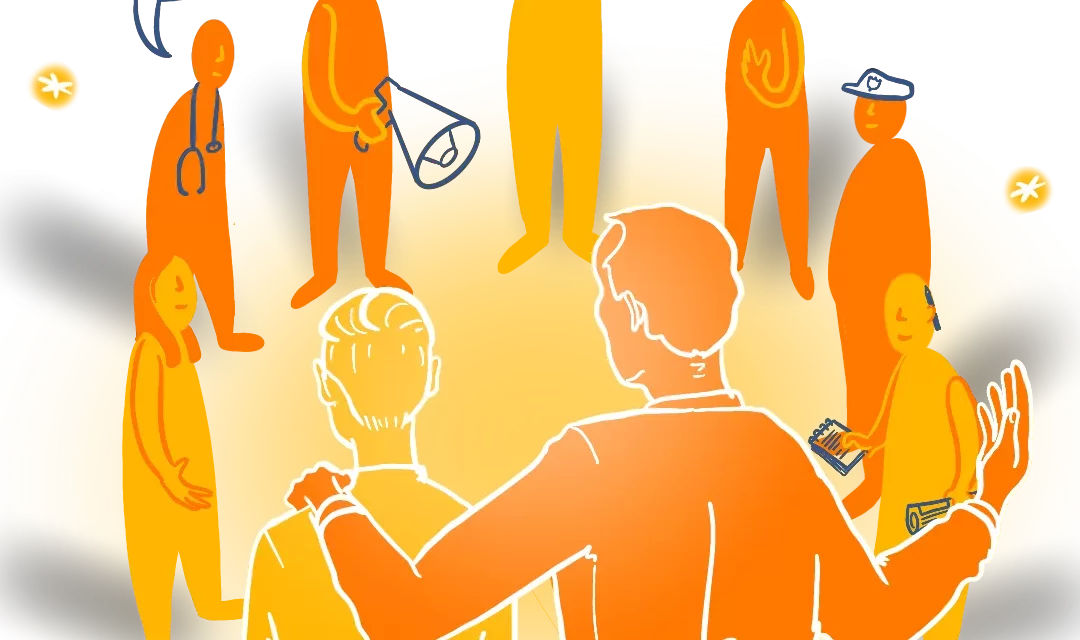A groundbreaking study published in JAMA Psychiatry unveils a concerning trend: approximately one-fifth of individuals who attempt suicide do not meet the criteria for a psychiatric disorder beforehand. Led by Dr. Maria Oquendo from the Perelman School of Medicine at the University of Pennsylvania, the research underscores the importance of universal suicide screening, though some experts express skepticism.
Conducted between April and August 2023, the study analyzed data from the US National Epidemiologic Study of Addictions and Related Conditions III (NESARC-III), encompassing a nationally representative sample of 36,300 individuals aged 20 to 65. Surprisingly, nearly 20% of those who attempted suicide had no history of a psychiatric disorder before the attempt. Among them, 6.2% had no psychiatric diagnosis at the time of the survey, while 13.4% were diagnosed with a mental illness after their attempt, sometimes years later.
Dr. Oquendo emphasizes the significance of these findings, suggesting that suicidal behavior in the absence of psychiatric disorders is not merely a symptom but a distinct concern deserving attention. She advocates for universal suicide screening, likening it to routine blood pressure checks during medical visits.
However, not all experts agree with this approach. Dr. Paul Nestadt, associate professor of psychiatry at Johns Hopkins School of Medicine, argues against increased screening, advocating instead for universal prevention strategies such as gun control and safe storage laws. He points out the limitations of current screening tools, which may yield high rates of false positives.
Nestadt’s concerns are echoed in his previous editorial on universal suicide screening, where he highlights the shortcomings of existing instruments in accurately predicting suicide risk. He emphasizes the role of impulsivity and access to lethal means, particularly firearms, in suicide attempts among individuals without prior psychiatric diagnoses.
While the study sheds light on an important aspect of suicide prevention, it also raises questions about the efficacy of current screening practices. As discussions continue on the best approach to address this complex issue, the need for comprehensive strategies that consider both individual risk factors and broader societal influences remains paramount.












